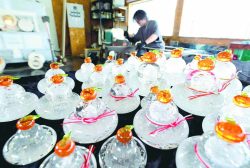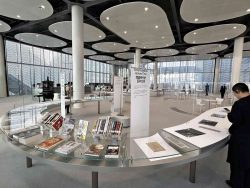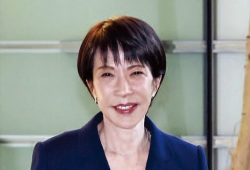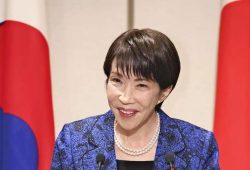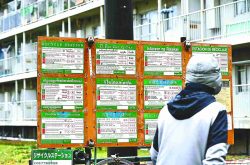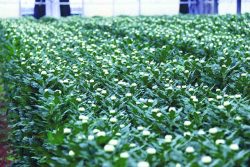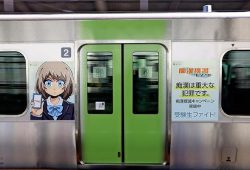Ueshima Museum, A New Center For Contemporary Art, Opens In Tokyo; Displays Works By Present-Day Artists From Japan And Overseas
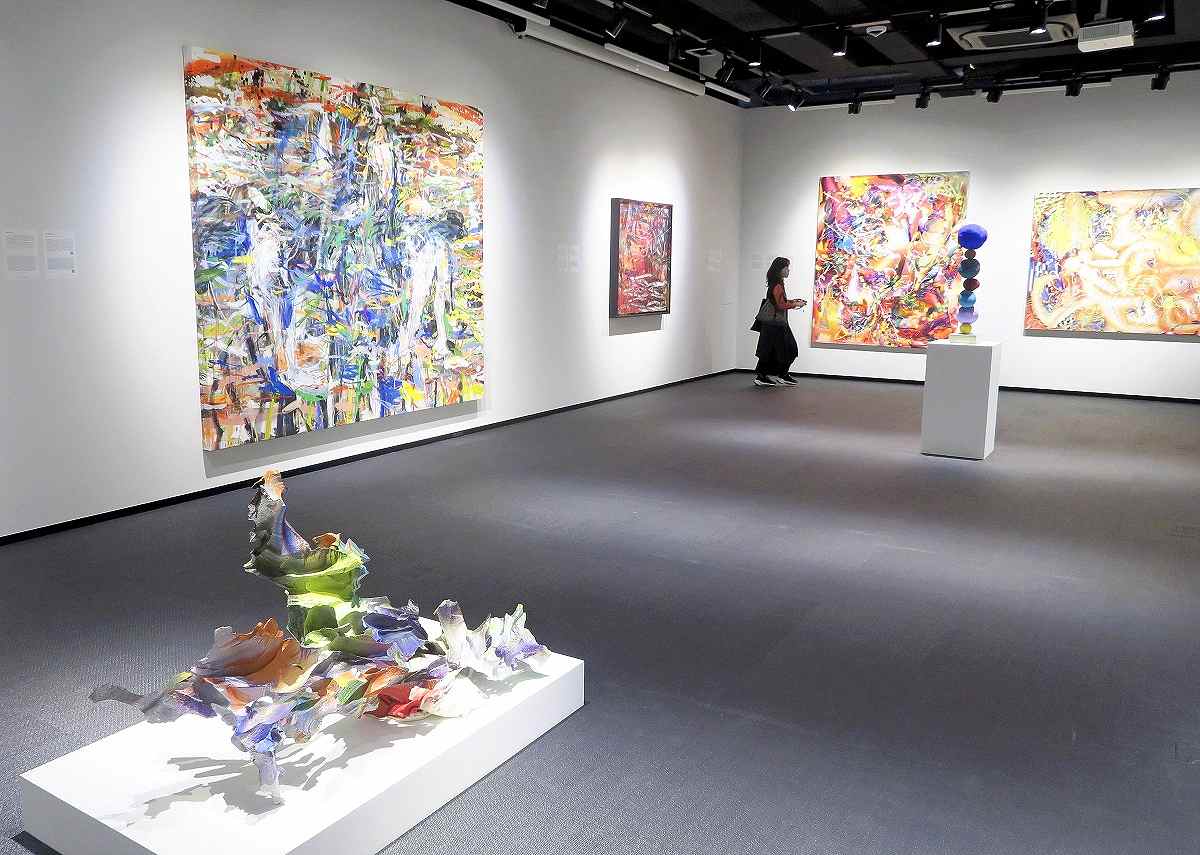
The new Ueshima Museum offers the public a generous collection of artworks that are well worth seeing.
17:41 JST, July 13, 2024
The Ueshima Museum, which exhibits superb works of contemporary art from its own collection, opened in Tokyo on June 1. Located in Shibuya, an area known for youth culture, the museum aims to provide opportunities for people to experience contemporary art and to educate the next generation of art curators.
Works on display include paintings by German contemporary master Gerhard Richter and Japanese artist Takashi Murakami, whose superflat movement is sweeping the world. Other featured artists include Olafur Eliasson, Thomas Ruff, Andreas Gursky, Hiroshi Sugimoto, Chiharu Shiota, Kohei Nawa and more.
The exhibits represent a stunning volume of overwhelmingly excellent work by all-star artists currently active in Japan and abroad.
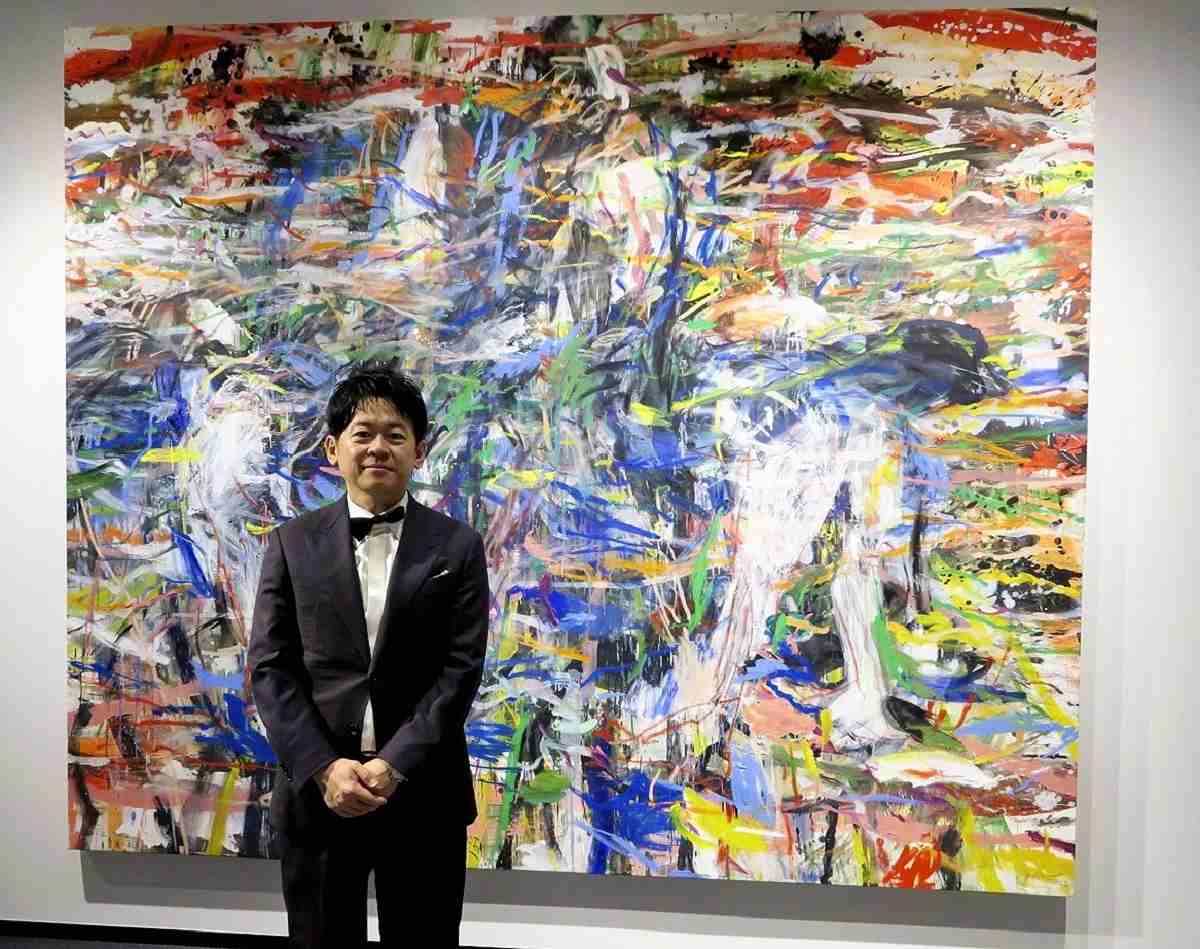
Kankuro Ueshima poses in front of a painting by Zimbabwean artist Misheck Masamvu.
“I want to share art with people around the world. I’ve been showing my collection on my website and social media, but from the beginning, I also wanted to create a place for people to see the art for real,” said Kankuro Ueshima, the entrepreneur and investor who established the museum.
With the theme of “contemporaneity,” the museum will exhibit selected pieces from the more than 650 works that Ueshima has amassed in about 2 years of serious collecting. His attitude is an unusual one among private collectors, who often do not open their collections to the public.
The museum is located in Ueshima Tower, a building in the Shibuya Kyoiku Gakuen school complex near the Miyashita Park commercial facility. The building has one basement floor and six floors above ground, with a total floor area of about 1,400 square meters. The exhibition space, which stretches from the basement to the fifth floor, is open to the public.
It is planned for some of the exhibits to be changed every six to 10 months. Works by Yayoi Kusama and Yoshitomo Nara, which are now held in a private space, are expected to be put on display in the future.
The museum will also serve educational purposes by hosting interactive art viewing events and providing opportunities for students and young curators to plan exhibitions.
Curator Junya Yamamine, who serves as exhibition advisor, said: “I hope the museum will not just be a place where people can see works of art, but also will somehow have an effect on society through its exhibitions.”
Ueshima said: “I think it will be very important to keep the museum running long-term. I want to have everyone look at the art and stimulate me to enrich the collection.”
Visitors are required to make reservations in advance. The museum is closed on Sundays, Mondays and national holidays.
Private museums with unique collections
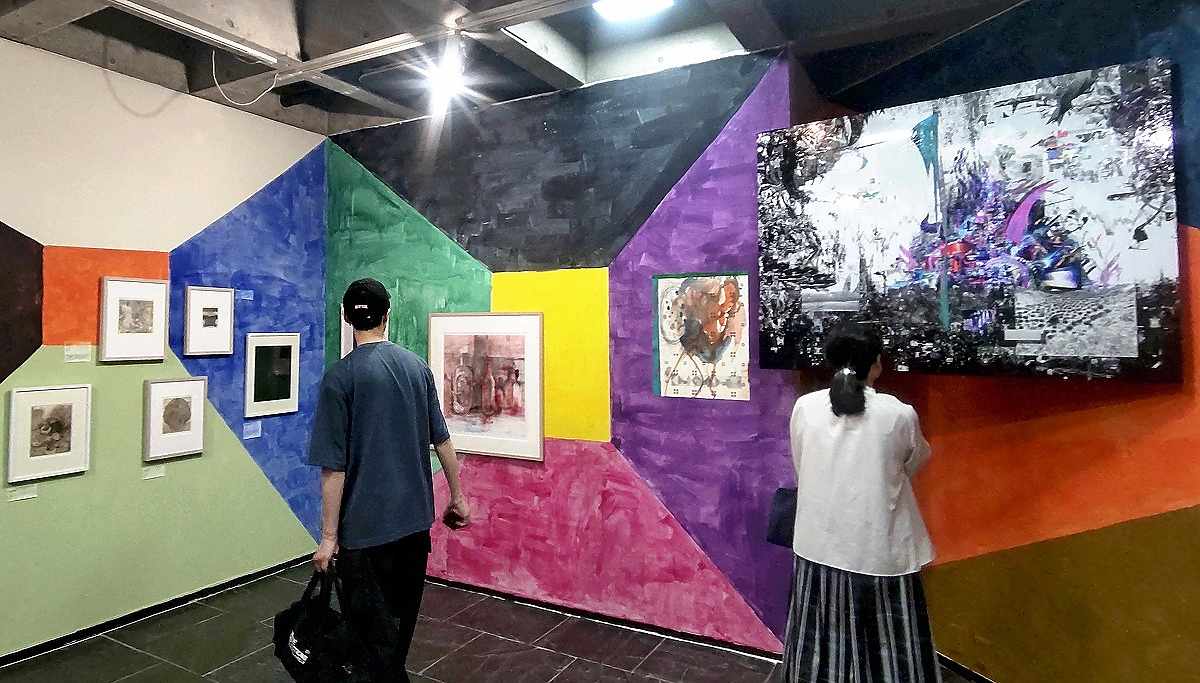
Works at a contemporary art exhibition at The Watari-um, curated by Yoichi Umetsu
Private museums of contemporary art with unique collections have made their presence felt in the art world.
The Watari-um, also known as The Watari Museum of Contemporary Art, in Jingumae, Tokyo, is one such gallery.
The museum was established in 1990 by Shizuko Watari (1932-2012), an art gallery owner, with pieces that she had collected in the 1980s.
The museum has organized and hosted solo and group exhibitions of contemporary artists and architects, including German artist Joseph Beuys (1921-1986) and architect Arata Isozaki. It has hosted more than 1,000 events, including lectures, workshops and study sessions. The museum introduces visitors to some of the most cutting-edge art in Japan and abroad, greatly contributing to broadening the fan base of contemporary art.
The current exhibition, titled “Umetsu Yoichi: Exhibition Maker,” and organized by artist Yoichi Umetsu, will run through Aug. 4. The core works featured are from Watari’s collection, including some by Tetsuro Komai and Natsuyuki Nakanishi, and they are supplemented by works by Umetsu himself, Kazuki Umezawa and other active artists.
Etsuko Watari, Watari’s eldest daughter and the museum’s director, said: “The exhibition is an unexpected combination of works of art. I was able to discover new ways to appreciate the items in our collection.”
The exhibition is closed on Mondays except July 15.
"Culture" POPULAR ARTICLE
-
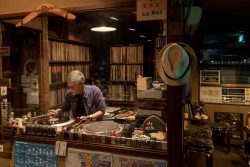
Tokyo’s Jazz Kissa Cafes Documented by Belfast-Born Photographer Philip Arneill
-

Popularity of Piggy Banks Across Time and Place Seen at Bank’s Museum of Money Boxes in Hyogo Pref.
-
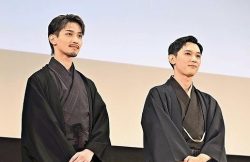
Film ‘Kokuho’ Screened at Tokyo’s Kabukiza Theatre, Historic Hub for Traditional Art Form
-
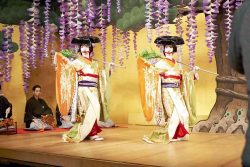
‘Kokuho’ Creates Opening for Japan’s Film Industry with Lavish Depiction of Kabuki
-
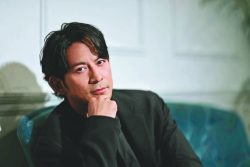
Junichi Okada Wears Three Hats in ‘Last Samurai Standing,’ Serving as Star, Producer, Action Choreographer in Thrilling Netflix Period Drama
JN ACCESS RANKING
-

BOJ Gov. Ueda: Highly Likely Mechanism for Rising Wages, Prices Will Be Maintained
-

Core Inflation in Tokyo Slows in December but Stays above BOJ Target
-

Osaka-Kansai Expo’s Economic Impact Estimated at ¥3.6 Trillion, Takes Actual Visitor Numbers into Account
-

Japan Govt Adopts Measures to Curb Mega Solar Power Plant Projects Amid Environmental Concerns
-

Major Japan Firms’ Average Winter Bonus Tops ¥1 Mil.



